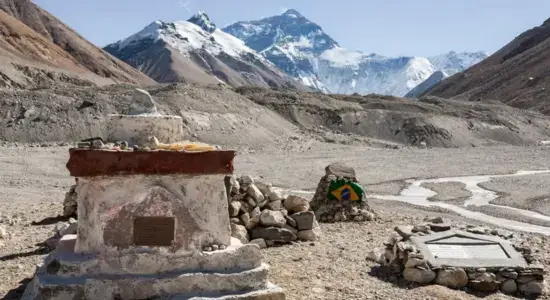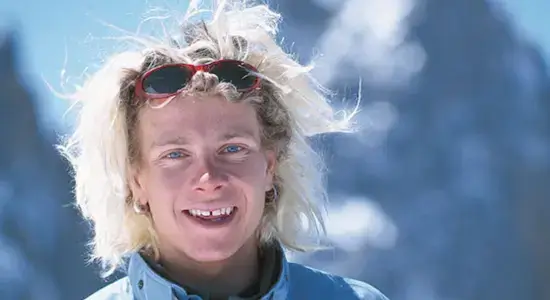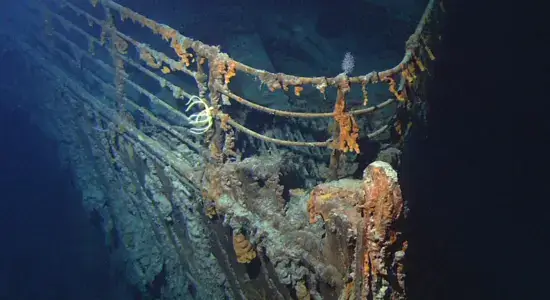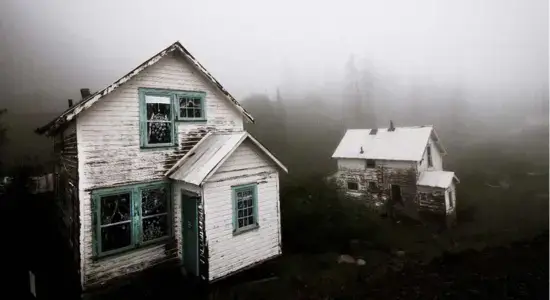In the realm of extreme sports, few tales are as enigmatic as that of Marco Siffredi, the French snowboarder who etched his name into history by becoming the first person to snowboard down Mount Everest. Yet, his story is not just one of triumph but also of mystery and tragedy.
 Memorial stele to Marco Siffredi at the North Everest Base Camp.
Memorial stele to Marco Siffredi at the North Everest Base Camp.
A Prodigy from Chamonix
Born on May 22, 1979, in Chamonix, France, Marco Siffredi was immersed in a culture of mountaineering from an early age. His father was a mountain guide, and the alpine environment of Chamonix served as his playground. Transitioning from skiing to snowboarding in his teens, Siffredi quickly showcased an uncanny aptitude for the sport.

By 1996, he had already tackled some of the most challenging descents in the Alps, including the Mallory route on the North Face of the Aiguille du Midi, known for its steep 55-degree slopes.
The Everest Endeavor
Siffredi’s ambition knew no bounds. In May 2001, he set his sights on Mount Everest, aiming to descend via the treacherous Hornbein Couloir. However, upon reaching the summit, he found the Hornbein lacking sufficient snow. Adapting swiftly, he chose the Norton Couloir as his descent route.

Despite equipment malfunctions and the inherent dangers, Siffredi completed the descent in approximately two hours, marking the first uninterrupted snowboard descent from Everest’s summit.
The Final Ascent
Undeterred by the challenges of his first expedition, Siffredi returned to Everest in August 2002, determined to conquer the Hornbein Couloir. Accompanied by three Sherpas, including Phurba Tashi, the team faced arduous conditions. On September 8, after a grueling 13-hour ascent, they reached the summit. Siffredi, visibly exhausted, rested briefly before embarking on his descent via the Hornbein Couloir around 3 p.m., against the advice of his Sherpa companions.
As he disappeared down the mountain, the Sherpas observed a solitary figure gliding down the slope. However, upon reaching the area, they found no trace—no tracks, no signs—only the vast, unforgiving expanse of Everest. Siffredi was never seen again, and despite extensive searches, his body remains undiscovered.
Legacy and Speculations
Siffredi’s disappearance has spurred numerous theories: a fatal fall, an avalanche, or succumbing to exhaustion. Yet, without concrete evidence, his fate remains one of Everest’s enduring mysteries. His story serves as a poignant reminder of the thin line between ambition and peril in extreme sports.
Did You Know?
The Hornbein Couloir, named after American climber Thomas Hornbein, is one of Everest’s most challenging routes. Its steep, narrow passage has deterred many, and to this day, it remains a formidable challenge for mountaineers and snowboarders alike.
Fascinated by tales of adventure and mystery? Stay connected with Fact Fun for more captivating stories that delve into the extraordinary feats and enigmas of our world. Don’t forget to bookmark Fact Fun to ensure you never miss an exploration into the unexpected!
ref : IFLScience , SnowBrains






